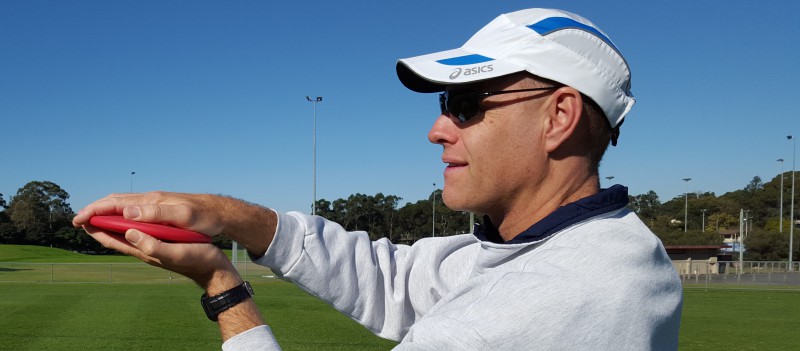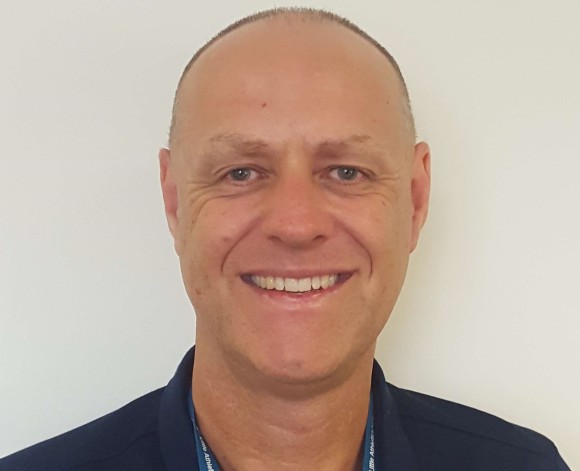How To Build Up Hours Without Breaking Down Kids
In his book “Outliers” Malcolm Gladwell tells us that expertise requires 10,000 hours of practice.
“Ten thousand hours is the magic number of greatness.”
Whether you agree with the “10,000 hour rule” or not – and many people don’t – it seems likely that the amount of time spent in high quality practice is linked to a high level of competence in a sport.
Even if we are not aiming for expertise, it seems obvious that a certain amount of focused practice is needed to reach a certain level of competence.
The Dilemma
This theory presents a dilemma for youth sports coaches and parents, particularly those involved in high impact, high intensity sports such as track & field.
How can coaches or parents of young athletes balance the amount of practice required for competence with the ever-looming problem of burnout, over-training or push back from the kids?
We know that physical activity is good for kids but should we all be striving to meet some magical minimum number of hours of sports practice?
The Balancing Act
I want my own kids to feel competent as sportspeople but how can I ensure they get the right amount of practice without overstepping the mark?
It has been suggested that as a limiting guideline, a young athlete should not be practising for a sport any more hours per week than their age.
I welcome such practical guidelines, but even this amount of practice is quite a lot and needs to be treated with caution. Think of a 12 year-old practising for 12 hours per week. This averages at two hours a day six days a week and seems over the top for most kids.
I also worry that this “age = maximum hours” guideline could be twisted and misinterpreted by many and applied haphazardly. I am concerned that we will see coaches and parents:
- Interpret the maximum recommended limit as the standard to aim for.
- Apply the maximum limit instantly rather than gradually adding volume.
- Fill these hours entirely with formal, repetitious, specialised content.
How to Build Up the Hours in a Kid-Friendly Way
If we accept that a good sports program should build competence and give kids the chance at expertise if they are so inclined, then we need to look for ways to provide them with access to a sufficient amount of time in quality practice.
But can this be managed in a way that avoids over-training and burnout?
Altering our interpretation of what practice is for kids may be the key. Let’s expand on this.
Let’s use an example of a 12 year-old who has shown real promise as a long jumper. If we use the “age = maximum hours” guide, I cannot imagine and do not support a 12 year-old performing long jump-specific practice for 12 hours per week.
It is unlikely that they are physically robust enough or have the temperament or motivation to spend 12 hours in a formal long jump coaching setting over the long term.
Despite the inevitable “success” stories of kids following such a path, I suspect that more kids will end up as injured, disenchanted drop out statistics.
I believe that two track and field specific practice sessions per week, totalling about 3 hours is sufficient for most 12 year-olds.
But this is way below the “age = maximum hours” recommended limit. So how can we safely and effectively make up a bit of the difference and build up a few more hours of exposure to sports “practice”?
It takes some creative thinking and a redefinition of what practicing for sport is.
Tips For More Sport Practice
Quality development experiences don’t all have to be achieved in a formal sports practice setting.
There are ways to give kids a greater exposure to sports practice without putting them into a specialised formal single sport program.
Here are some ideas:
1. Multi-Sport Participation
Don’t try to pile all those hours into the one sport. There is wide support for young athletes avoiding early sport specialisation and being involved in multiple sports.
Many believe that a pre-requisite to becoming competent in a specific sport is being a good general all-round athlete.
A word of warning: multi-sport participation is great and I recommend it. But there is a point where it can go too far and kids and families can become over-committed both time-wise and financially.
2. Playing the Game
Playing the game can be a great teacher and surely one of the best learning environments for a young athlete. Include the time involved in playing the game. Playing the game is practice.
3. General Sport-Related Sessions
Athletes need not be specifically practicing for their sport to be developing skills related to that sport. To me, a general strength-based session for example, or a gymnastics-related circuit is valuable in developing skills and abilities that are transferable to, and beneficial for, many sports.
4. Vigorous Active Play
To me providing opportunities for kids to get out and actively play can help. Taking them to parks and playgrounds and sporting fields where they can run, jump, climb, push, pull, lift and balance. This type of activity should certainly be counted as sports practice without the formalities.
5. Access to Sporting Equipment
Malcolm Gladwell suggests that one’s environment and access may be a factor in developing expertise. So supplying a young athlete with easy access to the “tools of the trade”, whether it be a football, a cricket bat and ball, for casual incidental use can provide more opportunities for practice.
6. Backyard Play
Similar to the previous point, there are many famous stories of world class cricketers being developed in backyards across Australia and of elite soccer players honing their skills in their town and city streets. This is most often child-driven with little or no adult influence or interference.
7. Spontaneous Opportunity
If your child wants to throw or kick a ball, drop everything and play with them. A few minutes here and a few minutes there can gradually build up to a lot of time spent involved in both general and sport-specific movement rehearsal.
Don’t Fixate On A Magical Figure
If we recognise all of the above as sports “practice” then we might be able to relax a little and worry less that a child is not getting enough practice, or “keeping up” with other kids.
Suddenly that 12 year-old may be doing 12 hours of quality, sport-related “practice” in a week without being forced into a formal, single sport setting. And if they don’t end up becoming a high performing long jumper, the breadth and depth of their development will contribute to their success in other sports and the competence and confidence to lead a healthy, active, connected lifestyle.
Trying to get them to achieve 12 hours of specific formal single sport practice makes it less likely that they will find opportunities for the other factors that are likely to ultimately factor into them becoming a better, well rounded, more robust athlete.
A word: Yes, we probably need to proactively build up the hours that kids are being exposed to quality sport-related practice and experiences. But don’t get obsessed with tallying the hours or fixated on a magical figure.
Recommended Action
Approach the 10,000 hour rule with wariness. View the “age = maximum hours of practice” in context. Alter your interpretation of what practising for a sport can be composed of. Instead of trying to add more hours of formal sports-specific training, accept that there may be as many – if not more – benefits in tallying up hours through inclusion in other sports, backyard play, and spontaneous opportunities. The key is providing the means, access and opportunity.
Can you suggest anything else that may be a good alternative to simply topping up more hours of sport-specific practice? Let me know by leaving a reply/comment, or by using the contact details below.
Summary
Alternatives to sport-specific practice include:
- Multi-Sport Participation
- Playing the Game
- General Sport-Related Sessions
- Vigorous Active Play
- Access To Sporting Equipment
- Backyard Play
- Spontaneous Opportunity
Further reading
Articles:
Can We Make Coaching Sessions More Like Free Play?
If this post helped you please take a moment to help others by sharing it on social media. If you want to learn more I encourage you to leave questions and comments or contact me directly.
Darren Wensor is a sports development professional, coach educator, specialist coach of young athletes, and founder of the blog coachingyoungathletes.com. Learn more about him here and connect with him on Twitter, Facebook, Linkedin, or via email. Check out Coaching Young Athletes on YouTube, the Coaching Young Athletes podcast, and the Coaching Young Athletes E-Book Series.

